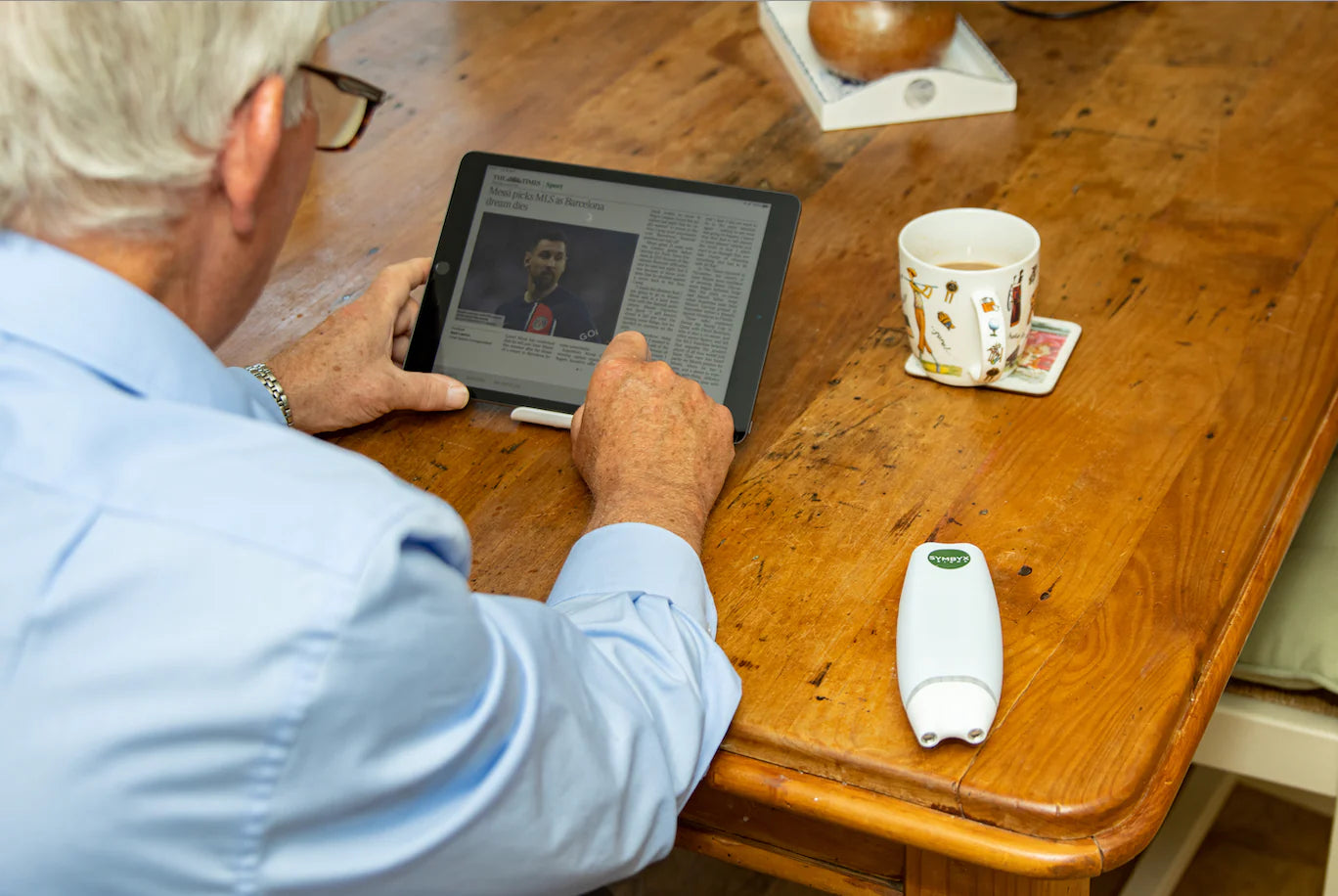New research in Biomedicines Journal cites that, light therapy, also known as photobiomodulation (PBM), has shown promising potential for managing inflammatory bowel disease (IBD) symptoms, such as fatigue, pain, and depression.
IBD is a group of intestinal disorders causing long-term inflammation. The exact causes are unknown, but it involves a complex interaction of factors including the gut's microbial community, inflammation pathways, and the gut-brain axis, which links the digestive tract with the brain's functioning. Light therapy can act upon these pathways, possibly providing a holistic approach to treating IBD symptoms.
The lead scientific investigators, Liisa Kaakso and Tatjana Ewais of Mater Research, are behind the just-published study and believe light therapy may help regulate these complex interactions. By applying light therapy at multiple sites, it can address various systems affected by IBD. This includes helping to regulate the gut's microbiome, decrease inflammation, and potentially improve fatigue, pain, and depression symptoms.
The researchers base their proposal on numerous studies showing light therapy's analgesic effects, fatigue reduction, and potentially promising results on depressive symptoms. The approach to using low level laser or photobiomodulation in IBD treatment is innovative because it assumes a multifaceted mechanism of action. This means it uses different mechanisms to create beneficial effects in conditions characterized by inflammation. This includes impacts on health-related quality of life and other psychosocial aspects, although these aspects need further detailed investigation.
Dr Laakso and Dr Ewais are testing a specific application of light therapy using the SYMBYX DuoCare 904: directing light onto the abdomen and the large muscles of the legs. The aim is to downregulate local inflammatory responses (for example, activating the gut-brain axis or having a direct effect on mucosal neurons) and to improve muscle performance, thus increasing physical activity levels. They theorize this could reduce the inflammation and fatigue associated with IBD or bowel disease. The researchers are also considering using transcranial PBM (as provided by application of the SYMBYX Neuro) to help alleviate symptoms of depression and fatigue.
Of course, the practical application of light therapy requires careful consideration. The frequency, duration, pulse, wavelength and other details of the treatment are also being clinically tested by the team at Mater in Brisbane, along with collection of a daily pain journal.
Early results using light therapy for bowel disease are encouraging
Early clinical evidence shows reduced fatigue in young IBD patients following abdominal and lower limb light therapy. The researchers suggest this therapy may lead to decreased pain and inflammation, potentially resulting in less fatigue, higher physical activity levels, and thus improved functional performance and quality of life. The depression associated with IBD may also improve, especially with the inclusion of red light therapy and infrared light therapy directly to the brain.
While globally we're still at the early stages of understanding how light therapy can benefit bowel disease patients, these initial insights are very promising. The fascinating interplay of focused light energy on health continues to unfold, offering potential new and drug-free strategies to support those living with IBD.
Please subscribe to be given further updates on this IBD light therapy research.
For access to full research please go to Biomedicines (journal, May 2023), A Holistic Perspective on How Photobiomodulation May Influence Fatigue, Pain, and Depression in Inflammatory Bowel Disease: Beyond Molecular Mechanisms, by E-Liisa Laakso and Tatjana Ewais.

